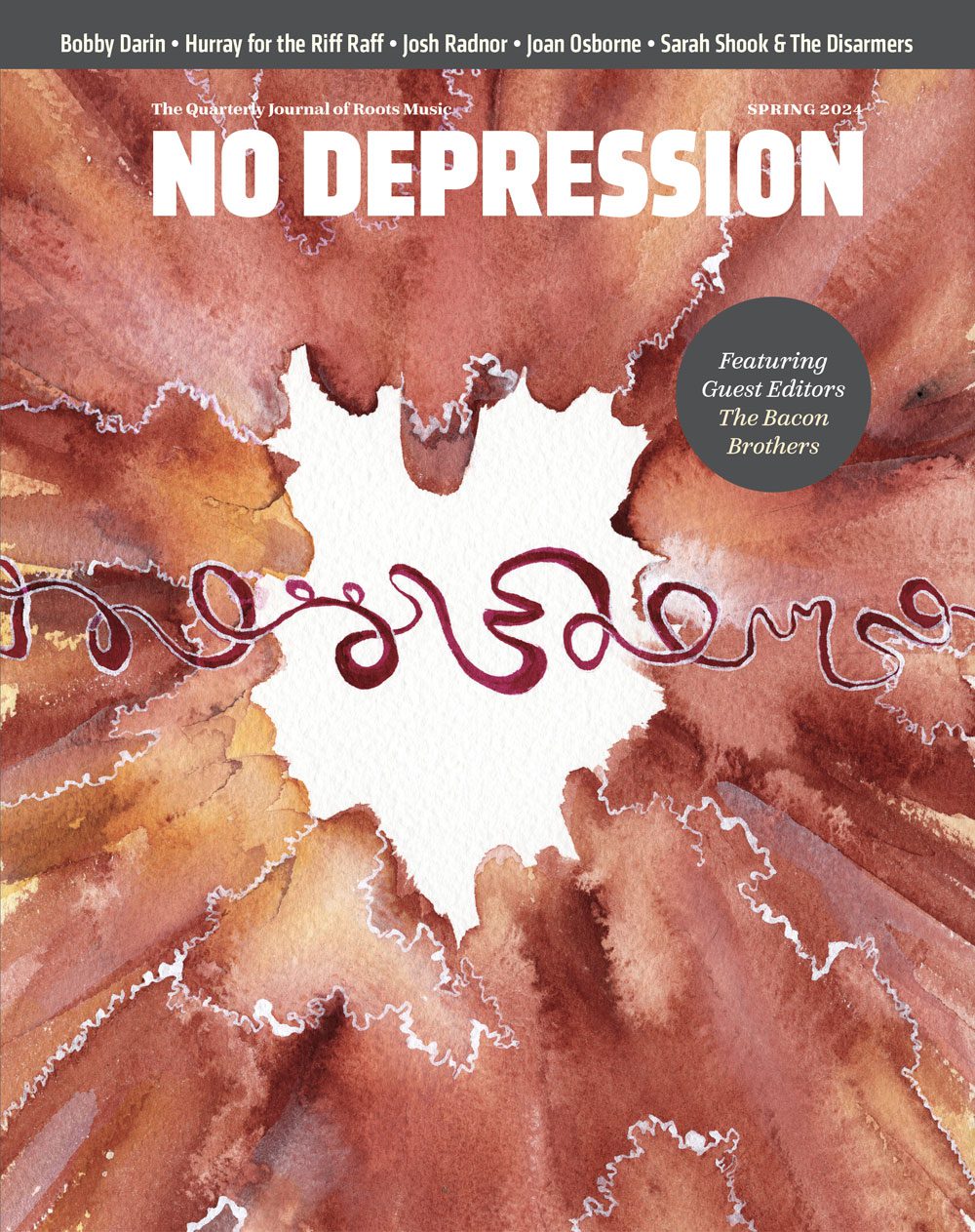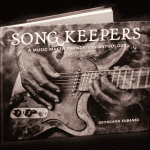CD Review – Otis Taylor “My World is Gone”
Blues with a Conscience
I grew up in New Mexico, where the history and culture are permeated by the proud legacy of America’s native peoples. The darker legacy of Native American removal and oppression – including grinding poverty, lack of economic opportunity, and social marginalization – is also on vivid display if you bother to venture out of the major cities into New Mexico’s rural areas. On My World is Gone, Otis Taylor laments that America’s well-to-do “ain’t never been to the reservation.” Sadly, this lament applies not only to the 1%, but probably to the vast majority of Americans – including many middle class New Mexicans like myself – who too rarely give the reservation a second thought.
Otis Taylor stands out in a contemporary blues scene largely dominated by acts that stick to a fairly tried and true Chicago template – three chords, flashy guitars, and masculine rumination on hard love and hard work. By stark contrast, Taylor has made a career using the blues as a vehicle for social commentary and casting a spotlight on the darker side of the American experience, including racism, inequality, and violence. Descriptions of his songwriting style often emphasize its shamanistic qualities – long one chord vamps, a driving beat, and repeated vocal hooks that evoke John Lee Hooker. Taylor is in some regards the anti-Dylan in his approach to social songwriting. Rather than enveloping the listener with imagery and metaphor, he only offers the faintest lyrical sketch of his subject, prompting listeners to fill out the picture.
The Native American experience is a central theme of My World is Gone, reflected most explicitly in songs like the title track or “Sand Creek Massacre Mourning.” However, his subjects often resonate with the human condition more broadly, whether it be lust and infidelity in “Girl Friend’s House” or a longing for human intimacy in “Jae Jae Waltz.” That broader resonance has always been what makes the blues so powerful, and Taylor uses it to good effect in humanizing a complex and often difficult topic.
Consistent with modern blues, the sound of My World is Gone is for the most part guitar-centric, including some hot leads by band member Larry Thompson and guest guitarist Mato Nanji (of Indigenous fame). Additional texture is layered on the guitars through unconventional instrumentation (at least for modern blues) that includes banjo, fiddle, and cornet. This variation in the acoustic palette helps offset the repetition of Taylor’s songwriting, which occasionally drags down the momentum of the album. Blues traditionalists seeking standard form and an easy listen will probably balk at My World is Gone, but that seems unlikely to phase someone like Otis Taylor. Some subjects require an artist to break from the mold, jolting listeners into heightened awareness of the unfortunate realities with which many of us coexist all too comfortably.
This review was originally posted New.Old.Stock – A guitar music blog.




